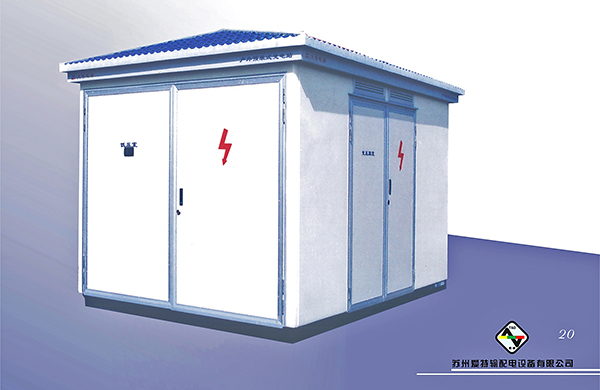What are the mechanical properties of non tiled ultra wide non-metallic shells
source:www.suaite.com | Release time:2025年05月05日1. Strength
Generally speaking, ultra wide shells made of non-metallic materials such as fiber-reinforced composite materials can have high strength, withstand certain external forces and pressures, and meet the requirements of general industrial equipment or building structures through reasonable material selection and structural design. For example, the shell made of carbon fiber reinforced plastic has a high specific strength (strength to density ratio) and is widely used in situations where weight is required but a certain load-bearing capacity is also needed.
However, if the material formula is improper or there are defects in the manufacturing process, it may lead to insufficient strength, and problems such as cracking, deformation, and even fracture may occur during use. For example, in resin based composite materials, if the bonding interface between fibers and matrix is not well treated, it will affect the overall strength.
2. Stiffness
The stiffness of ultra wide non-metallic shells depends on the elastic modulus of the material and the structural form of the shell. Some high-performance non-metallic materials have high elastic modulus, and combined with reasonable structural design such as rib plates and reinforcement ribs, the shell can have good stiffness and reduce deformation under stress. For example, in the design of large non-metallic liquid storage tanks, the use of annular reinforcement ribs and bottom support structures can effectively improve the stiffness of the tank body and prevent excessive deformation during liquid storage.
However, compared to metallic materials, non-metallic materials usually have lower elastic parameters. Therefore, when designing ultra wide shells, more careful consideration of structural optimization is needed to compensate for this deficiency. Otherwise, insufficient stiffness may occur, leading to excessive deformation of the shell during use and affecting its function or stability.
3. Impact resistance performance
Some non-metallic materials have good toughness and can absorb impact energy to a certain extent, exhibiting good impact resistance. For example, some plastics or composite materials containing rubber phase toughening can improve the impact resistance of the material by deforming and dissipating energy when subjected to impact.
However, the impact resistance of different non-metallic materials varies greatly. Ceramic based composite materials with high brittleness, if used for ultra wide shells, may easily break when subjected to large impacts, while some shells made of polymer materials may also have reduced impact resistance if their molecular weight distribution is unreasonable or additives are used improperly.
4. Wear resistance
Some non-metallic materials can have good wear resistance after special treatment or the addition of wear-resistant fillers. For example, adding wear-resistant fillers such as molybdenum disulfide and graphite to some engineering plastics can improve their surface hardness and wear resistance, making them suitable for ultra wide shell applications with friction and wear requirements, such as the lining of conveying pipelines.
However, for some ordinary non-metallic materials that have not undergone wear-resistant treatment, their wear resistance may be poor. In long-term use, they are prone to wear and thinning of the shell surface due to friction, which affects their service life and performance.
The mechanical properties of non-metallic shells without tiling have certain advantages, but it is also necessary to select materials reasonably, optimize structural design, and strictly control manufacturing processes according to specific usage environments and requirements to ensure that they can meet the needs of practical applications.
 Cn
Cn En
En
 WeChat ID:
WeChat ID:




 Service hotline:
Service hotline: President Wu:
President Wu:  President Yuan:
President Yuan:  Company address:
Company address: Website:
Website:  Contact Email:
Contact Email: scan
scan
 Add WeChat
Add WeChat
 Contact us
Contact us
 Telephone
Telephone